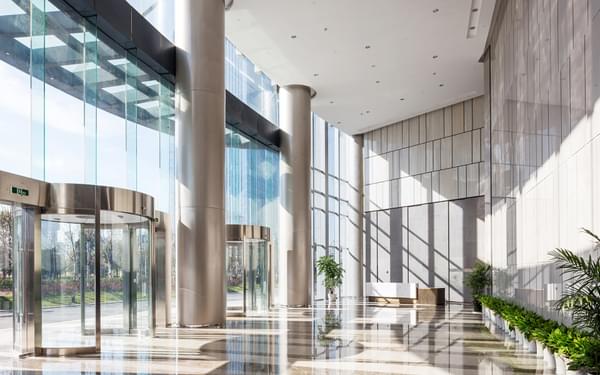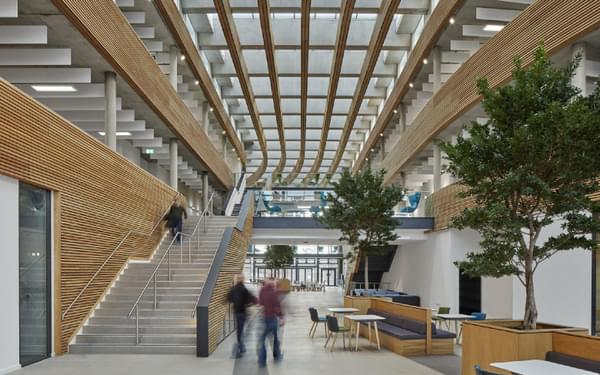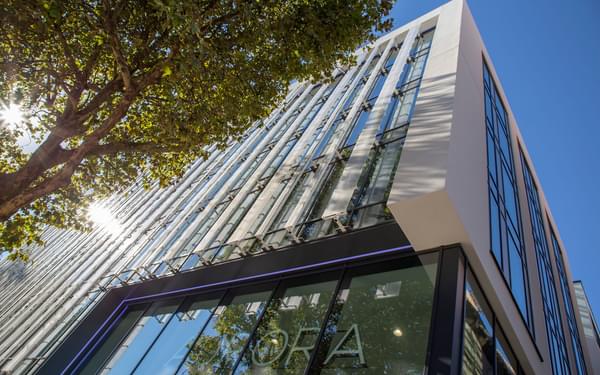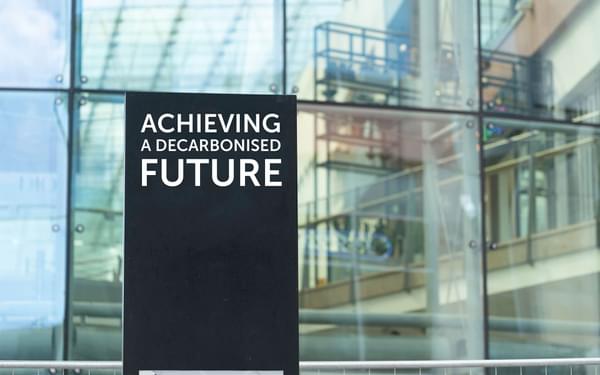Back to Articles
Building Physics: the invisible powerhouse behind architectural masterpieces
6th Sept 2023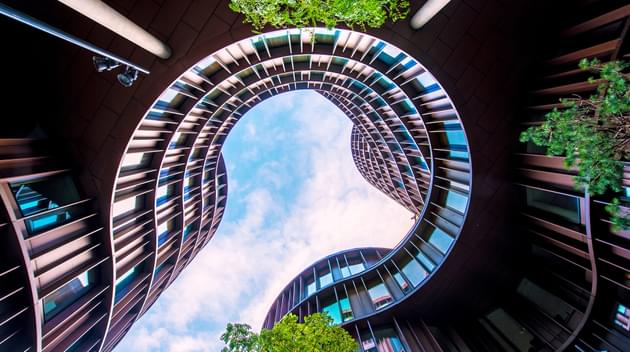
We invite you to step into a world where science and art intertwine, revealing the hidden forces that shape breathtaking architectural structures that stand the test of time.
Architecture is long revered as an art form, seamlessly merging beauty and functionality. However, behind the captivating facades and awe-inspiring structures lies the invisible powerhouse of building physics, an influential force that drives the creation of architectural masterpieces.
This hidden realm of knowledge, where the principles of physics merge harmoniously with architectural vision, delivers sustainable, efficient, and inspiring built environments.
Unveiling the hidden maestro: building physics and the symphony of architecture
Architecture has always captivated our hearts and minds, drawing us in with its blend of beauty and functionality. From ancient marvels like the Meroe pyramids in Sudan to modern wonders like the Sydney Opera House, each architectural masterpiece tells a story of human ingenuity and creativity. However, what often goes unnoticed is the hidden force working tirelessly behind the scenes – building physics. Like an unseen conductor, building physics orchestrates a symphony of factors, shaping the form, performance, and longevity of these architectural triumphs.
Building physics: the architect's secret weapon
Building physics is the architect's secret weapon to create exceptional designs.
At its core, building physics is the marriage of science and design, the convergence of physics principles with architectural aspirations. It encompasses a wide range of disciplines, from thermodynamics to acoustics, and from lighting to airflow dynamics.
By understanding and harnessing these fundamental principles, architects can unlock new dimensions in their design process, revolutionising how buildings interact with their environment and occupants. It's the route to combining comfort, efficiency, sustainability and visual impact for users, owners and investors.

Energy efficiency: the driving force
In an era defined by the urgency of environmental sustainability, building physics is critical to delivering a more responsible performance from the built environment in terms of both energy usage and carbon emissions.
Through advanced modelling techniques and simulations, building physics experts provide architects with invaluable insights into optimising thermal performance and energy consumption through passive design strategies, daylight utilisation, ventilation systems, material selection, and efficient HVAC systems.
By integrating building physics, architects can create buildings that minimise their environmental footprint while delivering enhanced performance and reduced energy costs.
The result? Architectural marvels stand as beacons of sustainable design, seamlessly blending aesthetics with eco-consciousness.
Comfortable spaces: The Holy Grail
But building physics goes beyond energy efficiency and sustainability. It holds the key to achieving optimal comfort within architectural spaces.
By analysing factors such as thermal comfort, indoor air quality, natural light levels, and acoustics, building physics experts can create spaces that nurture and inspire.
Imagine a concert hall where every note resonates perfectly; a workspace where daylight floods in, rejuvenating the spirit; or a home where fresh air whispers gently, creating an oasis of tranquillity. Building physics serves as the silent guardian and empowers architects to strike a delicate balance between aesthetics and human-centric design, fostering spaces that people can truly call home.
Design optimisation: balancing art and science
In the world of design optimisation, building physics bridges the gap between the architectural vision and the scientific principles governing building performance. It crafts visually stunning and scientifically sound and functional spaces.
With the aid of advanced modelling and simulation tools (like the sophisticated software IES VE), building physics illuminates the path to architectural perfection. Aspects of utmost importance - daylight, solar gain, air circulation - are delicately optimised to create spaces that breathe life.
But building physics transcends conventional boundaries. It embraces the power of parametric optimisation as a creative tool, allowing architects to embark on a voyage of design exploration through iterative design.
Through the use of intelligent plug-in tools that offer evolutionary multi-objective optimisation algorithms, hidden possibilities can be unveiled and results can be secured from the most intricate structures.
Parametric optimisation allows us to manipulate parameters such as building form, orientation, environmental factors, shading systems, glazing ratios, insulation, and ventilation strategies, seeking the perfect equilibrium between efficiency and visual allure. It's a key method to integrate sustainable design principles into building facades, including elements like renewable energy generation, rainwater harvesting, and green wall systems.
The result? Environmentally friendly and resource-efficient facades are born, harmonised with the surrounding ecosystem.
Using building physics as our compass, the possibilities become infinite. Together, we shape a future where form, function and design optimisation become symphonic.
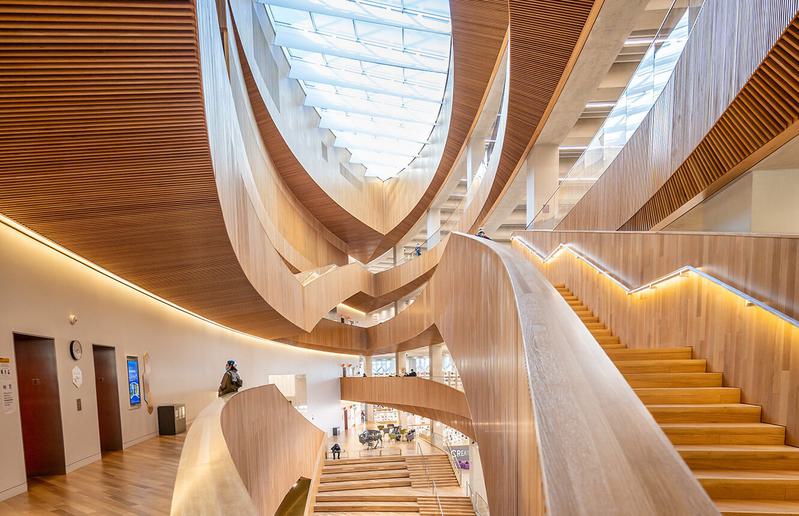
Building physics: the path to sustainable excellence in green building certification
In the realm of sustainability and the pursuit of green building certifications, the magic of building physics is critical. It becomes a guiding star, leading architects and developers alike to attain prestigious certifications like BREEAM, NABERS, WELL and Passivhaus standards.
Imagine a world where buildings are not just structures but guardians of our planet, wearing these certifications like gleaming badges of honour to demonstrate their sustainability achievements.
Building physics: the invisible hand
As we peel back the layers of architectural masterpieces, we are amazed by the hidden powerhouse that is building physics.
Influencing ancient wonders to futuristic marvels, building physics remains a vital and enchanting aspect of the architectural world.
So, the next time you stand in awe before a towering skyscraper or wander through the halls of a magnificent cathedral, remember the invisible force that brought it to life. Building physics, the true hero behind the scenes, forever transforming our built environment into an everlasting work of art.
